
In a world where most public spaces make germophobes reach for their hand sanitiser before even entering the building, these immaculate airports stand as shining beacons of cleanliness, quite literally.
The Skytrax 2025 rankings of the World’s Cleanest Airports have been announced, and once again, East Asian hubs dominate the list with their spotless terminals, pristine bathrooms, and floors so clean you might mistake them for mirrors.
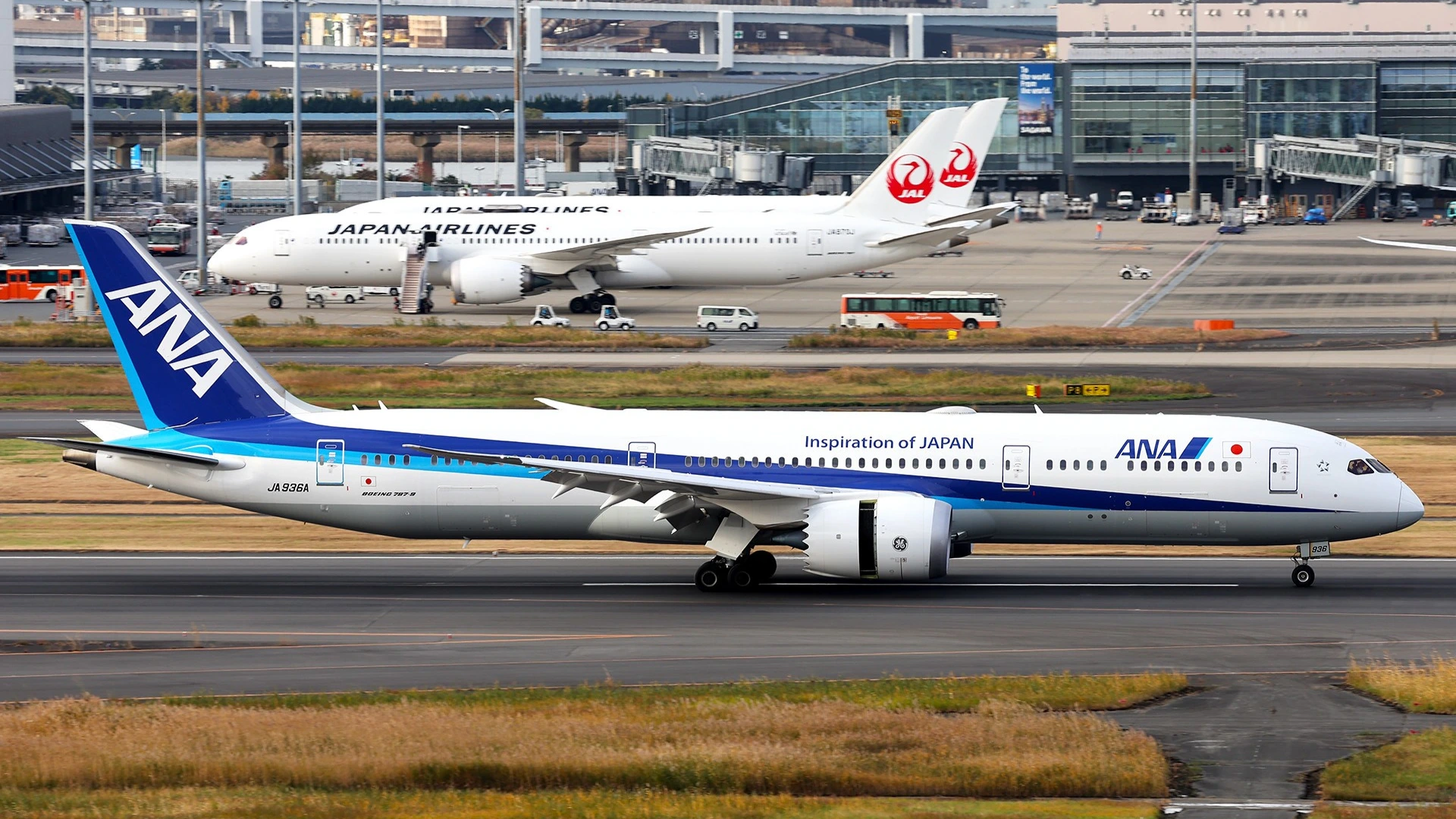 Photo: Aero Icarus | Flickr
Photo: Aero Icarus | FlickrCleanest Airports in the World
Tokyo Haneda Airport (HND) has secured the prestigious award for World’s Cleanest Airport 2025 in the Major Airport Category, while Bahrain International Airport (BAH) claims the top spot for airports handling up to 25 million passengers.
Let’s explore these immaculate transportation hubs that make even the most fastidious neat freaks nod in approval!
1. Tokyo Haneda Airport
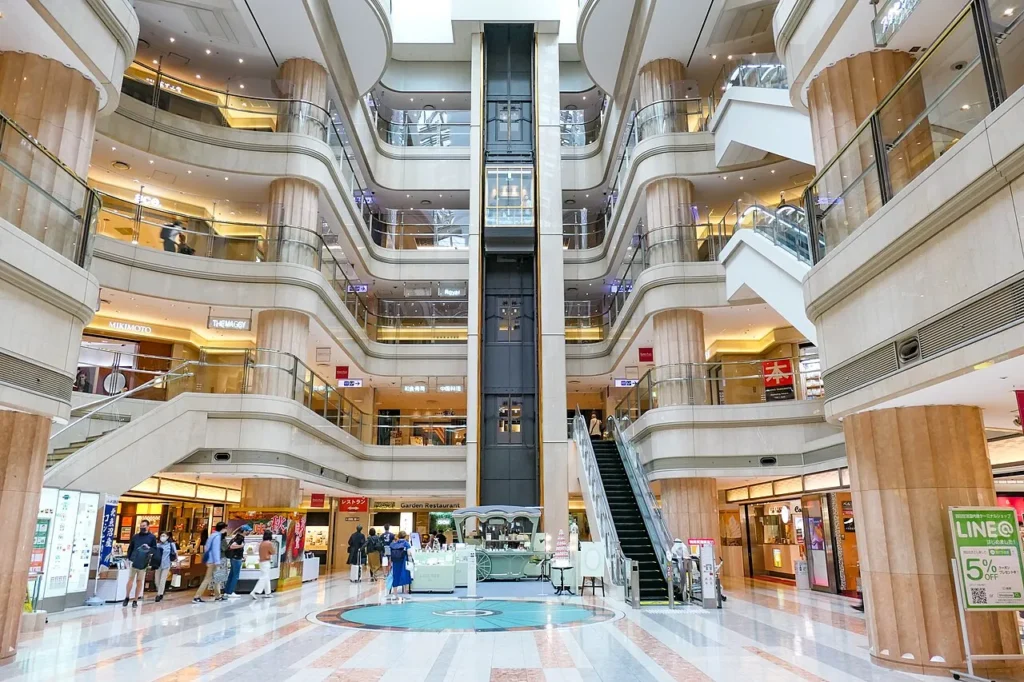 Tokyo Haneda Airport; Photo- Wikipedia
Tokyo Haneda Airport; Photo- WikipediaTokyo Haneda Airport (HND) continues its reign of cleanliness supremacy, capturing the top spot once again. Japanese attention to detail shines through in every corner of this bustling hub, which handles over 85 million passengers annually without sacrificing its immaculate standards.
The airport employs a dedicated cleaning staff that works around the clock, utilising advanced cleaning technologies including UV sanitising robots that patrol the terminals after midnight.
Haneda’s bathrooms deserve special mention—featuring automatic everything, from faucets to toilet seats that bow slightly when you approach (a mechanical gesture that somehow feels distinctly Japanese).
The terminals feature specialised flooring materials that resist staining and facilitate efficient cleaning, while the air filtration systems maintain exceptional indoor air quality throughout the facility.
2. Singapore Changi Airport
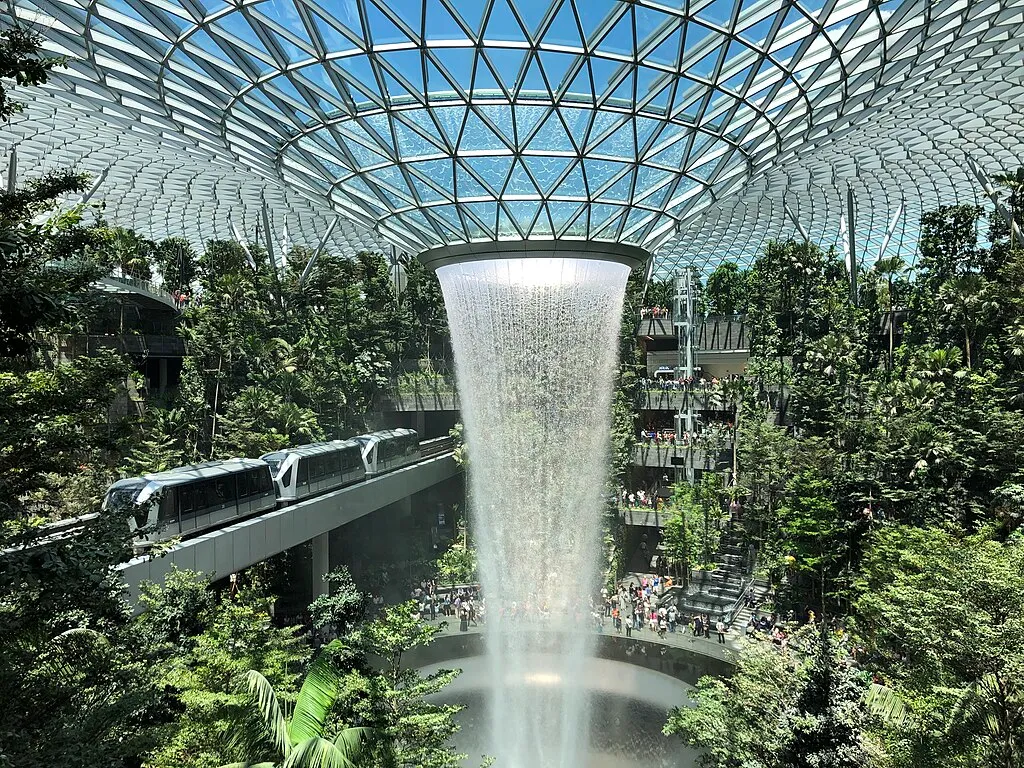 Singapore Changi Airport Jewel; Photo- Wikipedia
Singapore Changi Airport Jewel; Photo- WikipediaComing in second place, Singapore Changi Airport (SIN) continues to impress with its meticulous maintenance standards. Beyond being an architectural marvel with indoor waterfalls and forest valleys, Changi demonstrates an uncompromising commitment to cleanliness that reflects Singapore’s reputation for pristine public spaces.
Changi employs over 500 dedicated cleaning staff working in carefully coordinated shifts, ensuring that no corner goes unnoticed. The airport utilises automated cleaning equipment, including autonomous scrubbing machines that navigate terminals during off-peak hours.
Most impressive is Changi’s innovative waste management system, which uses centralised vacuum collection to transport waste directly from disposal points to processing facilities, minimising manual handling and potential contamination.
3. Doha Hamad International Airport
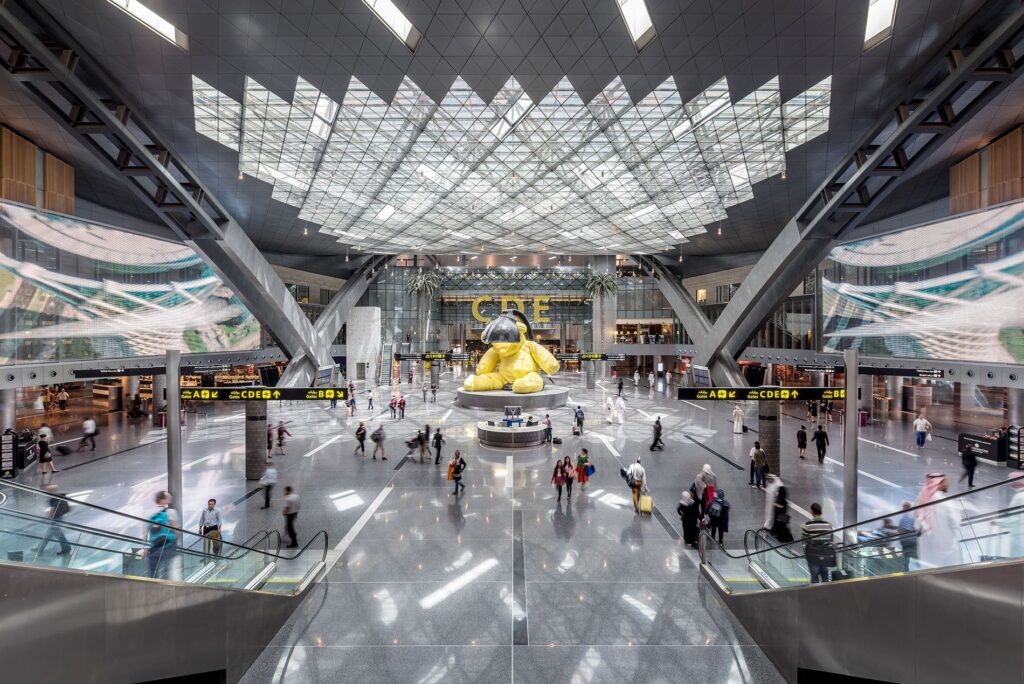 Photo: HOK
Photo: HOKQatar’s flagship airport secures third place with its gleaming marble floors and sparkling facilities. Despite operating in a desert environment, Hamad International (DOH) maintains exceptional cleanliness standards throughout its ultra-modern terminals.
The airport’s distinctive cleaning approach involves teams organised by specialised zones, ensuring consistent attention across different facility types.
Hamad International (DOH) has invested heavily in sustainable cleaning technologies, including water reclamation systems for cleaning processes and biodegradable cleaning products specifically formulated for its unique materials and finishes.
The airport’s stunning art installations, including the famous giant teddy bear, receive specialised cleaning protocols to maintain their appearance.
4. Seoul Incheon International Airport
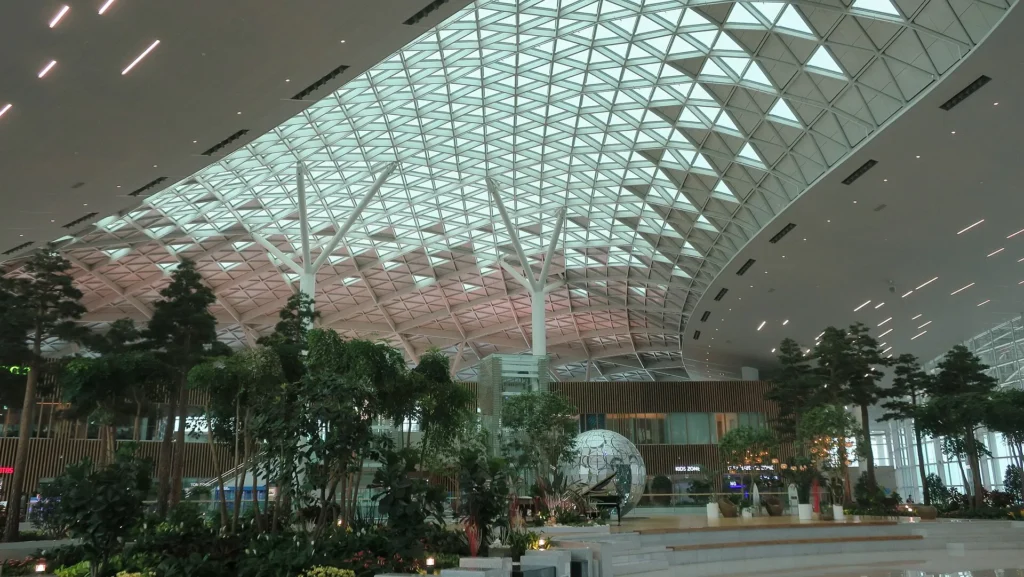 Seoul Incheon Airport; Photo- Wikipedia
Seoul Incheon Airport; Photo- WikipediaSeoul’s primary gateway to the world ranks fourth, demonstrating South Korea’s commitment to cleanliness and efficiency. Incheon’s approach combines cutting-edge technology with meticulous human attention, creating spaces that feel perpetually new despite handling over 70 million passengers annually.
Incheon (ICN) pioneered the use of UV-C disinfection robots that autonomously sanitise public areas, complementing the work of its human cleaning teams.
The airport’s distinctive cleaning uniform—colour-coded by terminal section—has become a recognisable symbol of its organised approach. Particularly noteworthy are the airport’s rest areas, which undergo complete sanitisation every 30 minutes during peak travel periods.
5. Hong Kong International Airport
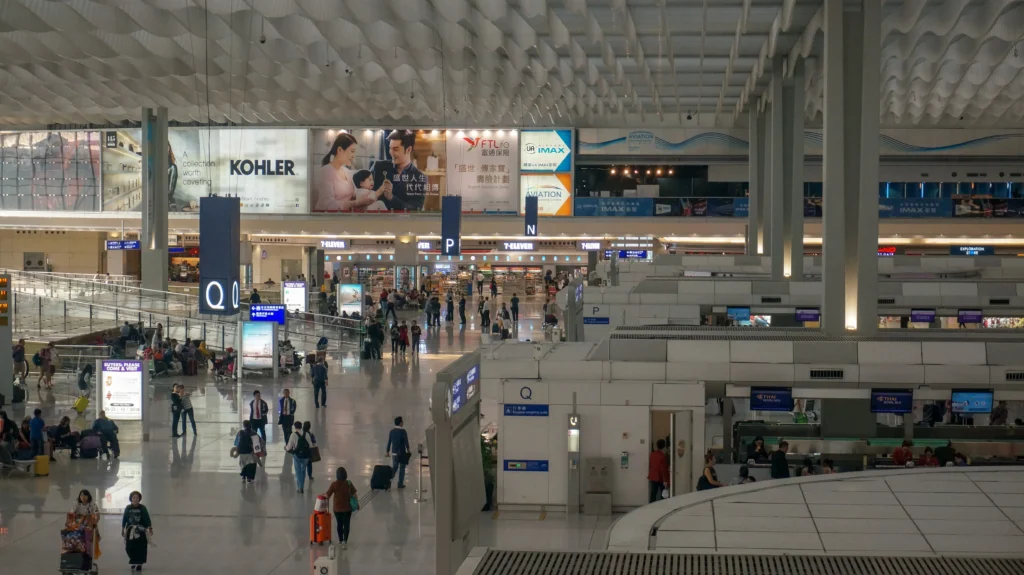 Hong Kong Airport; Photo- SH6188; Wikimedia Commons
Hong Kong Airport; Photo- SH6188; Wikimedia CommonsRounding out the top five, Hong Kong International Airport (HKG) maintains great cleanliness despite operating on an artificial island susceptible to challenging weather conditions.
The airport’s cleaning protocols address unique challenges, including typhoon season, high humidity, and extremely high passenger volumes.
Hong Kong International (HKG) employs a sophisticated monitoring system using sensors to detect areas requiring immediate attention, dispatching cleaning teams in real-time. The airport’s bathroom facilities feature automated occupancy tracking that adjusts cleaning schedules based on usage patterns.
6. Centrair Nagoya Airport
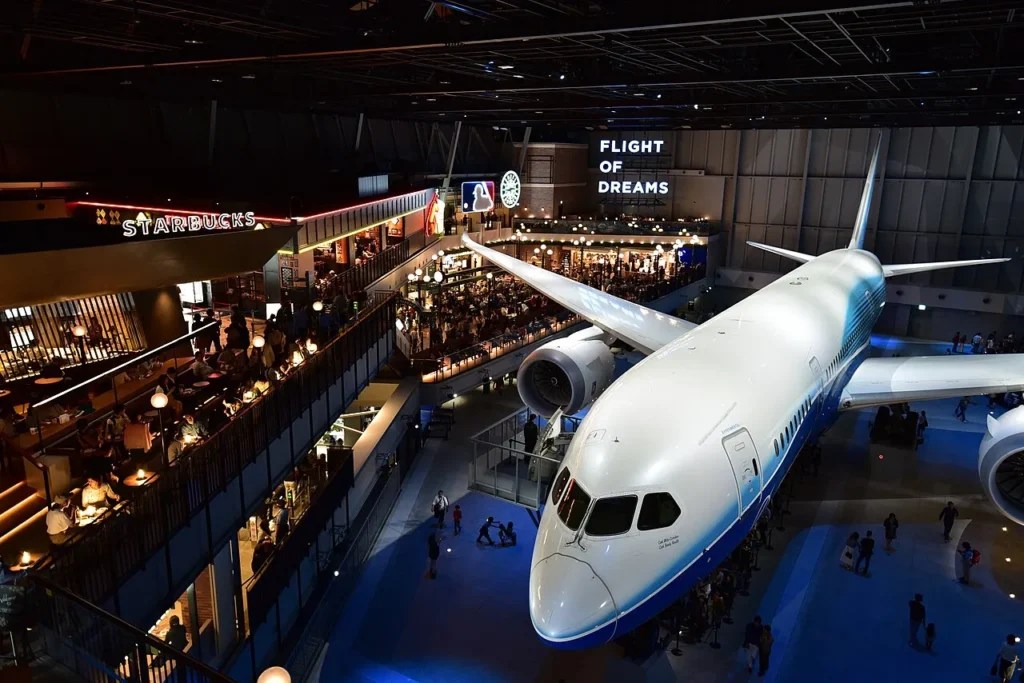 Centrair Nagoya Airport; Photo- Wikipedia
Centrair Nagoya Airport; Photo- WikipediaJapan makes another appearance on the list with Centrair Nagoya Airport (NGO), which serves central Japan’s industrial heartland. Though smaller than its Tokyo counterparts, Centrair demonstrates the same unwavering commitment to cleanliness that Japanese airports are renowned for.
Centrair’s cleaning teams complete comprehensive training programs emphasising both technical skills and customer service, as they’re considered frontline representatives of the airport’s quality standards.
The airport’s distinctive wooden architectural elements receive specialised cleaning treatments, preserving their natural beauty while meeting strict hygiene requirements.
7. Tokyo Narita International Airport
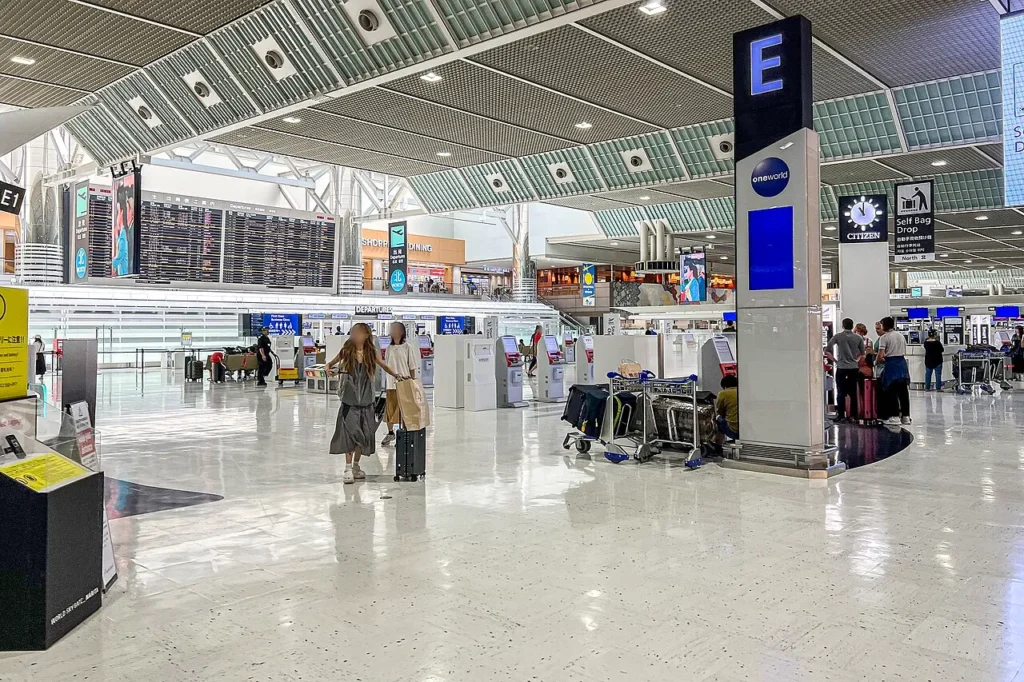 Narita International Airport; Photo- Wikipedia
Narita International Airport; Photo- WikipediaTokyo’s second major airport secures seventh place, maintaining the city’s reputation for exceptional cleanliness standards. Despite being older than Haneda (HND), Narita (NRT) upholds comparable standards through systematic renovation programs and enhanced maintenance protocols.
Narita’s cleaning approach emphasizes cultural awareness, with multilingual cleaning staff trained to respect diverse passenger behaviors while maintaining Japanese standards of cleanliness.
The airport has introduced innovative waste sorting stations with AI assistance, helping international travellers properly separate recyclables and reducing contamination of waste streams.
8. Kansai International Airport
 Kansai International Airport’s Populous Redesigned Terminal 1 Opens Ahead of World Expo 2025 | Photo: Populous
Kansai International Airport’s Populous Redesigned Terminal 1 Opens Ahead of World Expo 2025 | Photo: PopulousBuilt on an artificial island in Osaka Bay, Kansai International (KIX) faces unique challenges from its marine environment, yet maintains impressive cleanliness standards. The airport’s mile-long terminal building requires military-precision scheduling to ensure consistent standards throughout.
Kansai (KIX) has adapted to its marine setting with specialised cleaning systems that address salt residue and humidity concerns.
The airport’s terminal features extensive use of natural light, which not only saves energy but also helps maintain hygienic conditions through UV exposure.
Cleaning teams use specially formulated solutions that protect the terminal’s distinctive steel structures from corrosion while maintaining spotless appearances.
9. Taiwan Taoyuan International Airport
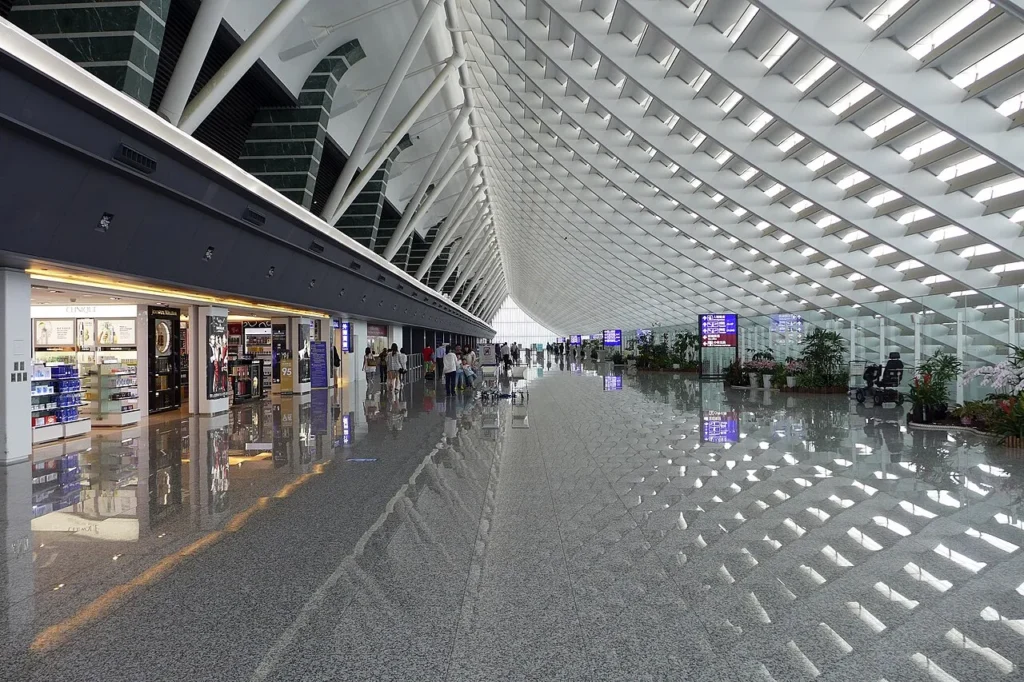 Taiwan Taoyuan International Airport; Photo- Wikipedia
Taiwan Taoyuan International Airport; Photo- WikipediaTaiwan’s primary international gateway earns the ninth position through the systematic modernisation of both facilities and cleaning protocols. Taoyuan (TPE) has significantly invested in passenger experience improvements, with cleanliness as a cornerstone of these efforts.
Taoyuan’s cleaning staff undergo quarterly certification programs, ensuring consistent standards across all terminals and shifts.
The airport has introduced digital cleaning verification systems, allowing supervisors to confirm task completion through QR code scanning. Particularly impressive is the airport’s quick-response team dedicated to addressing unexpected cleaning challenges within minutes of notification.
10. Zurich Airport
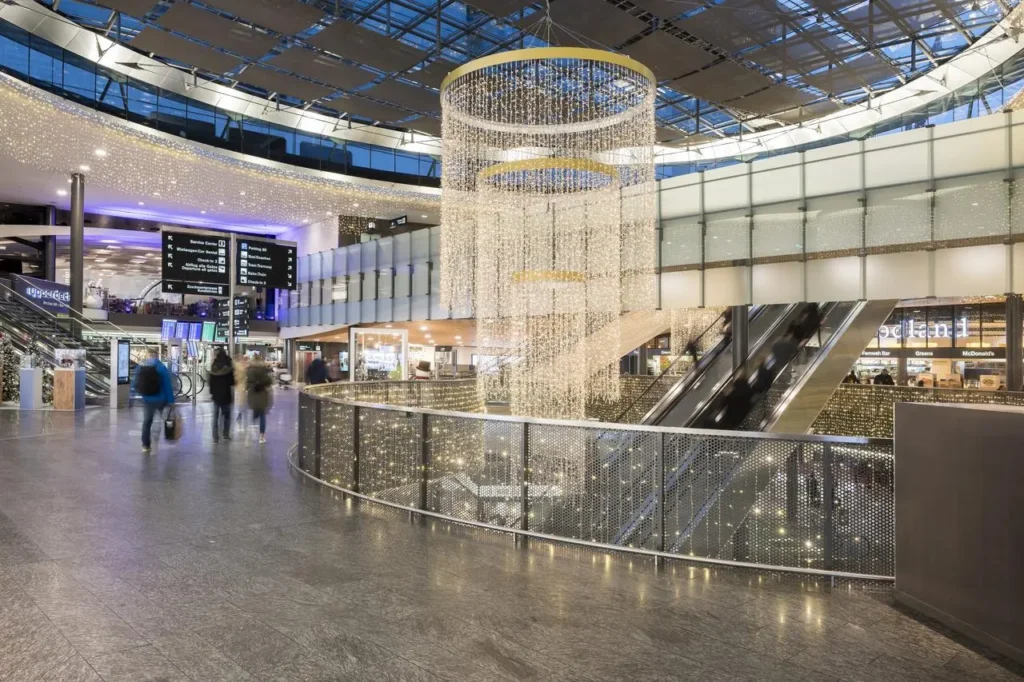 Photo: Zurich Airport
Photo: Zurich AirportThe only European entry in the top ten, Zurich Airport (ZRH) represents Swiss precision and attention to detail. Operating in a country famous for cleanliness, Zurich Airport maintains standards that satisfy even the most demanding local expectations.
Zurich’s cleaning approach emphasises sustainability, with nearly all cleaning products meeting strict environmental certifications. The airport’s waste management system achieves over 60% recycling rates through careful separation and processing.
Cleaning schedules are synchronised with flight operations to maximise efficiency while minimising passenger disruption, demonstrating the meticulous planning associated with Swiss operations.
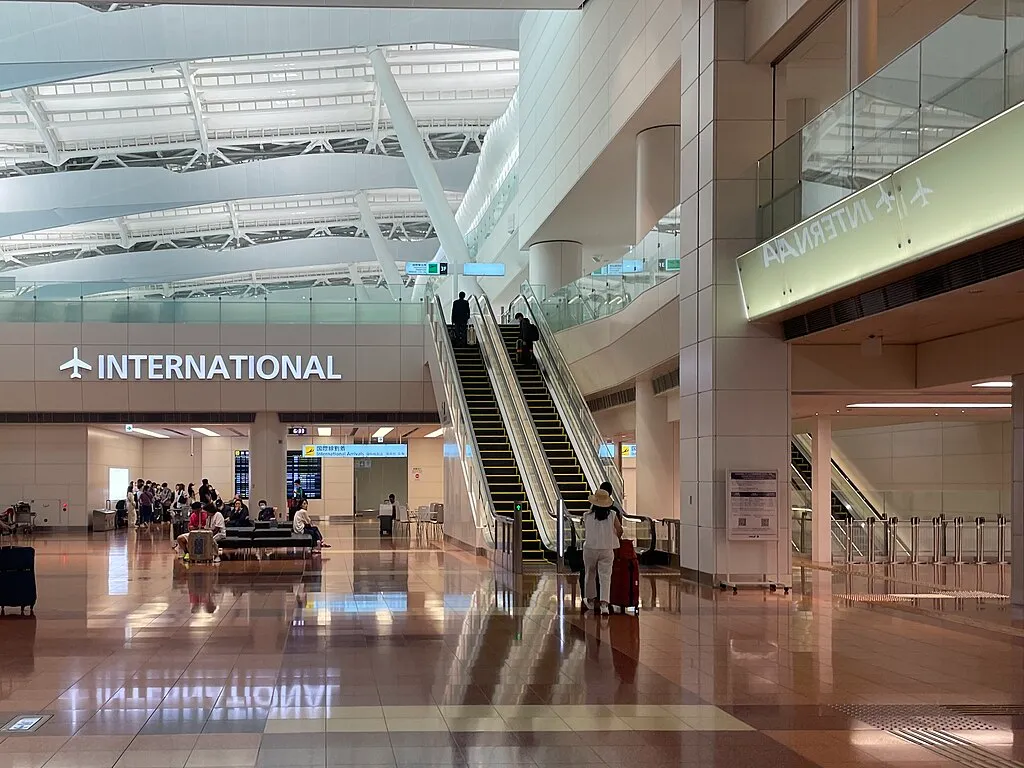 Tokyo Haneda Airport; Photo- Wikipedia
Tokyo Haneda Airport; Photo- WikipediaBottom Line
As travellers navigate the sometimes chaotic world of international travel, these pristine airports offer more than just clean surfaces—they provide peace of mind.
In an era where public health awareness has permanently heightened our consciousness of shared spaces, these exemplary facilities demonstrate that high-volume transportation hubs can maintain exceptional sanitation standards even while processing millions of passengers.
Just don’t get too comfortable and start testing their floors with the 5-second rule—even the world’s cleanest airports have their limits!
Stay tuned with us. Further, follow us on social media for the latest updates.
Join us on Telegram Group for the Latest Aviation Updates. Subsequently, follow us on Google News
Top 10 Most Luxurious Airports in the World
The post 10 Cleanest Airports in the World in 2025 appeared first on Aviation A2Z.

 4 miesięcy temu
4 miesięcy temu






